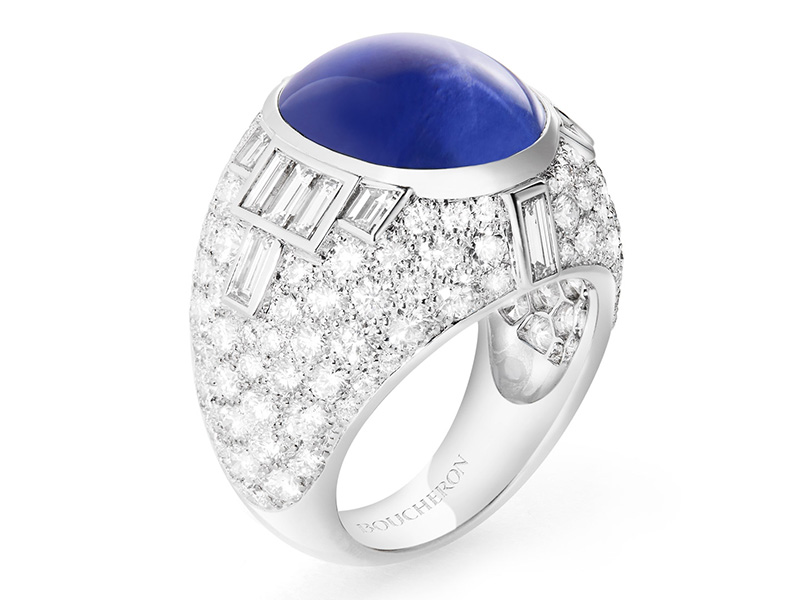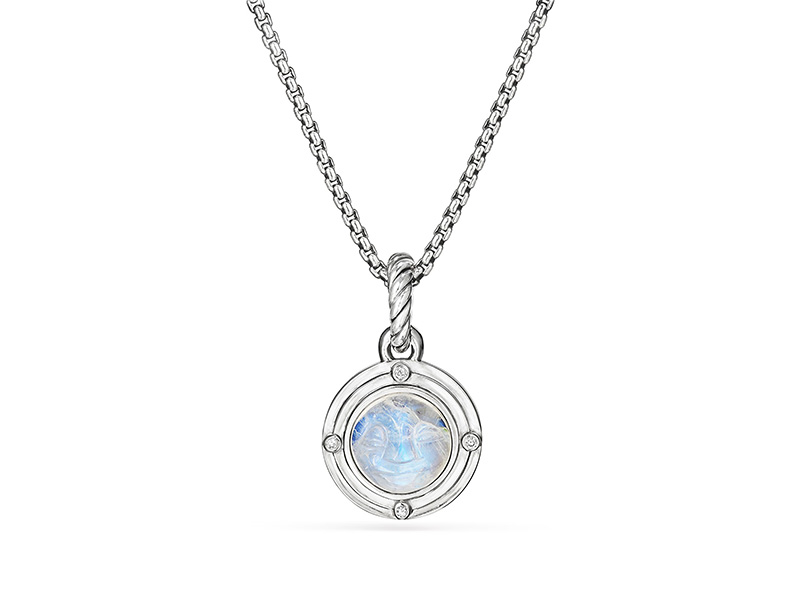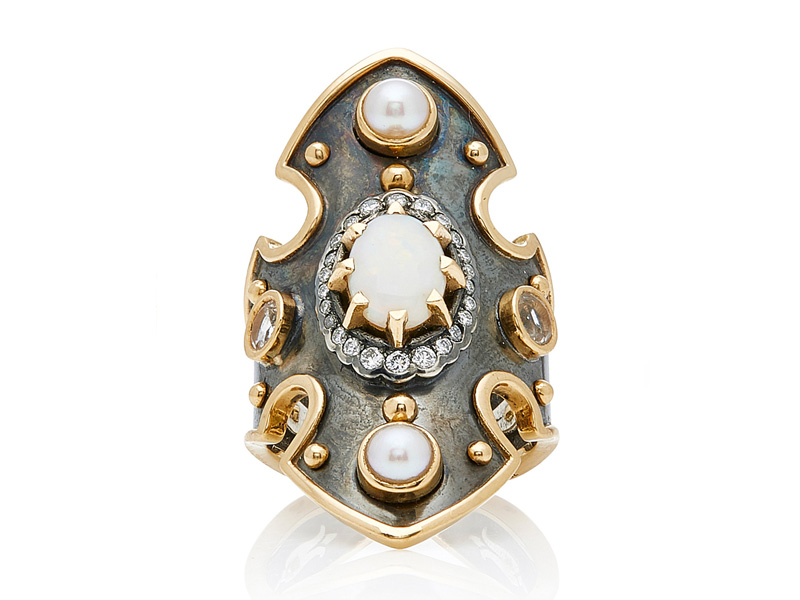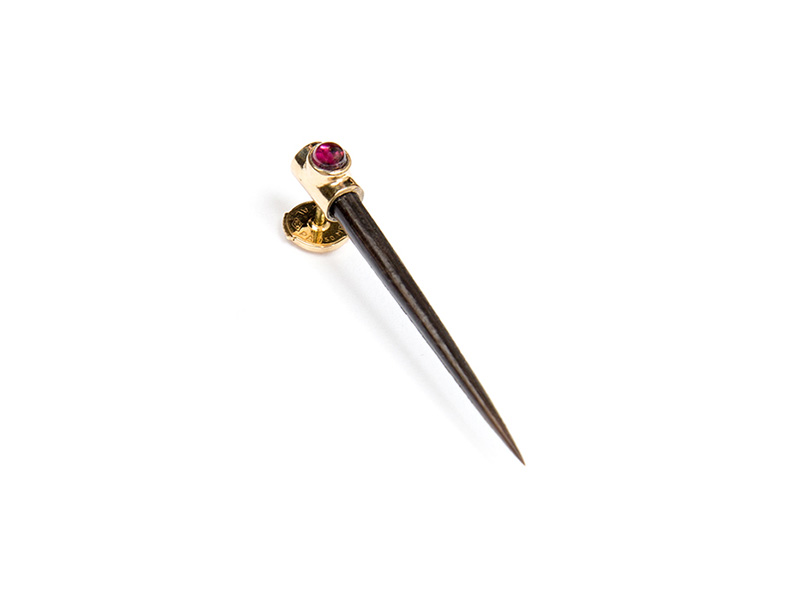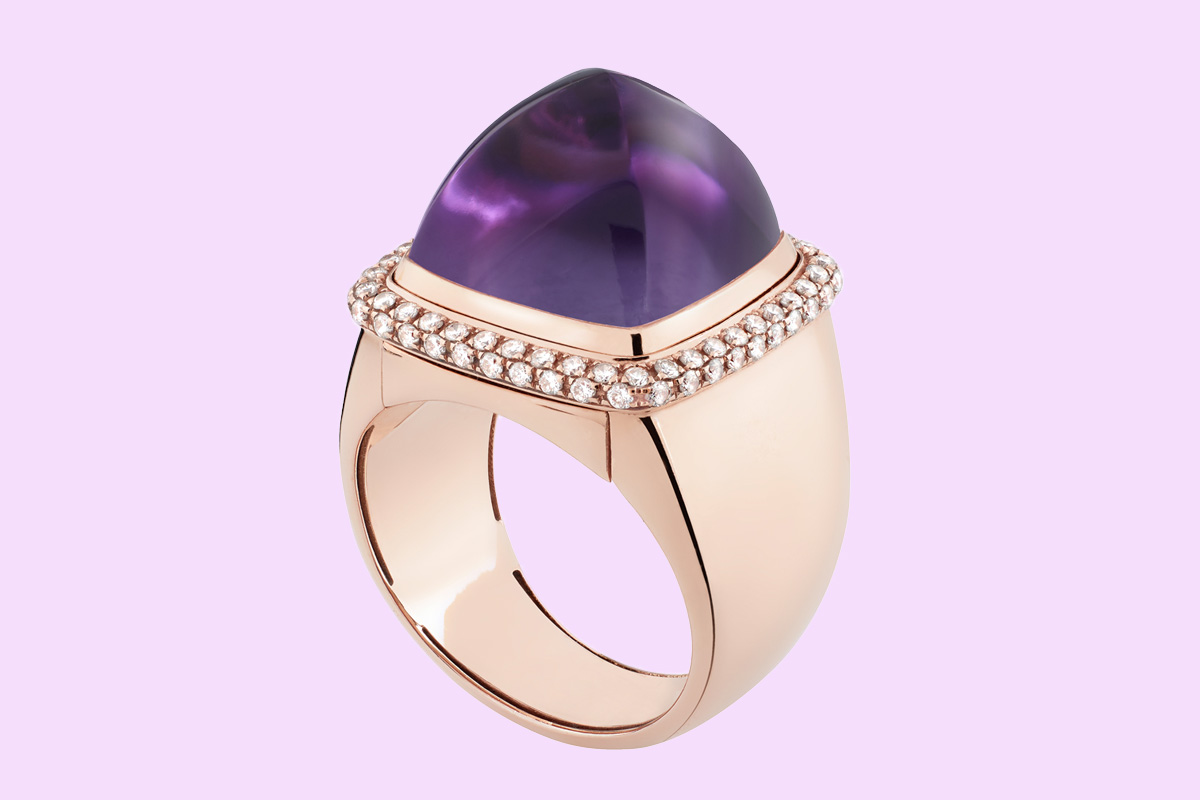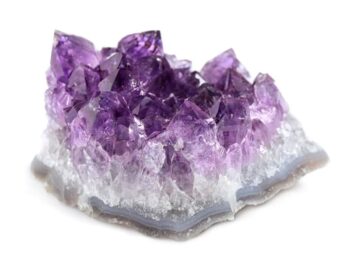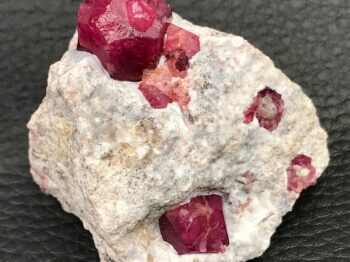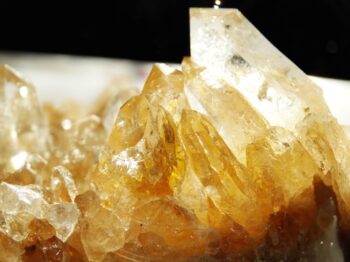Described as one of the oldest cutting techniques for gemstones, cabochons have been around for decades. This rounded top or pyramidal style can be seen in many gemstones, with a few differing shapes and styles.
Before the technological advances that allowed jewelers to facet gemstones, cabochons were an easy option to showcase the beautiful colors in many gemstones. A cabochon is comprised of a flat bottom with a domed top that could be very round or with a tip similar to a pyramid. The FRED Pain de Sucre collection is the best example. This top is very smooth and polished, almost glasslike. It provides a window into the depths of color of gemstones. Most often you’ll see cabochons in an oval shape, but can also find them round as well as cushion shaped. The word cabochon comes from the French word, caboche, which means ‘knob or small dome’.
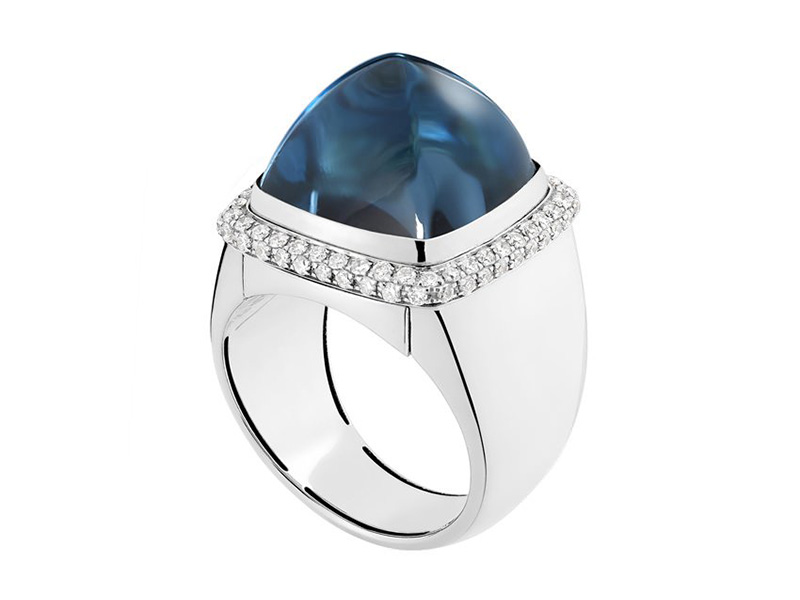
This flat bottom is ideal for setting gemstones into jewelry. Also, cabochon-cut stones are quite dense and need a decent carat weight in order to impose. There are many different gemstones that lend themselves to be fashioned into cabochons: turquoise, opals, onyx, moonstone, sapphire, rubies and emeralds. The gemstones that are used for cabochon cuts are carefully chose to highlight specific features in the gemstone. For example, star sapphires show off an asterism that is shown off quite beautifully in a cabochon. The cat’s eye effect, chatoyancy is another phenomenon that can only be seen in a cabochon. Opal iridescence and moonstone adularescence also are better highlighted in a cabochon cutting.
Sometimes, you will see a double cabochon, which is exactly as it sounds. Both sides will be curved and domed. Additionally some craftsman might carve the domed part of the cabochon, creating delicate designs in what is known as a carved cabochon.
One of the most desirable and rare types of cabochon is the sugarloaf cabochon. This cabochon is crafted in a conical shape, with 4 sides creating a pyramid. The tip is rounded, almost mountain like, with the base still flat like a traditional cabochon.
If you are looking for a cut that will highlight the color of your gemstone, cabochon is the perfect cut. The gemstone must be 7 or higher on the Mohs scale, as this cut can be easily damaged if utilizing a softer stone. With variations such as the double cabochon, carved or even sugarloaf, there are many options to beautifully showcase your gem!.
